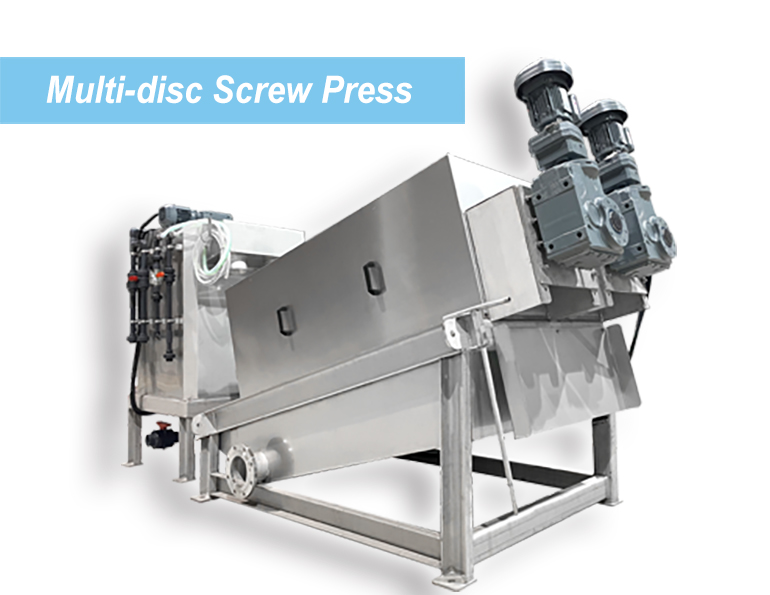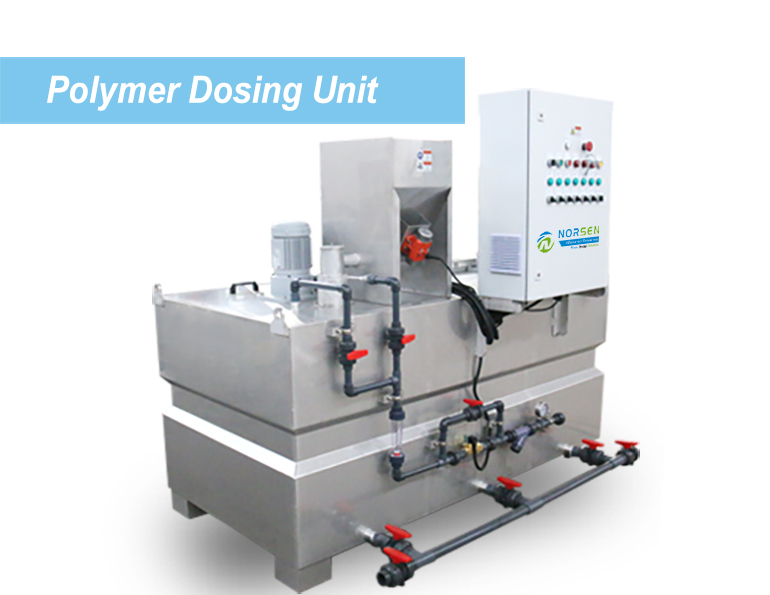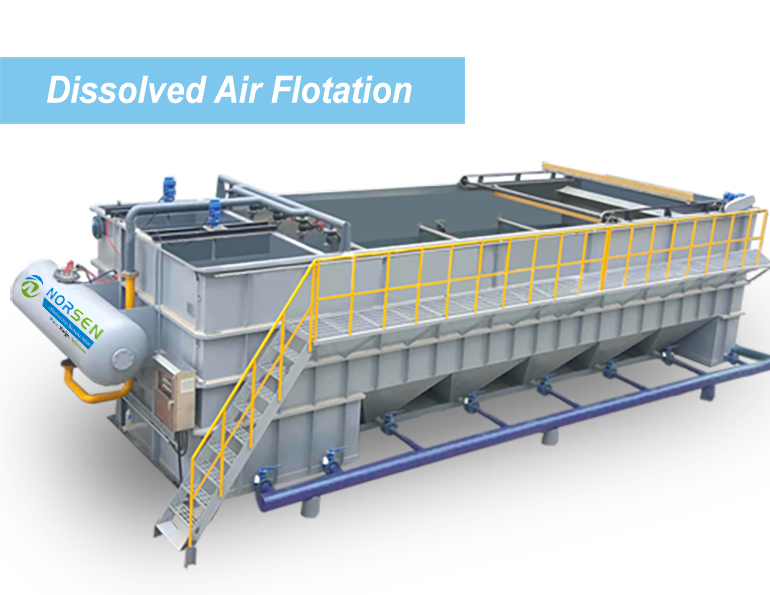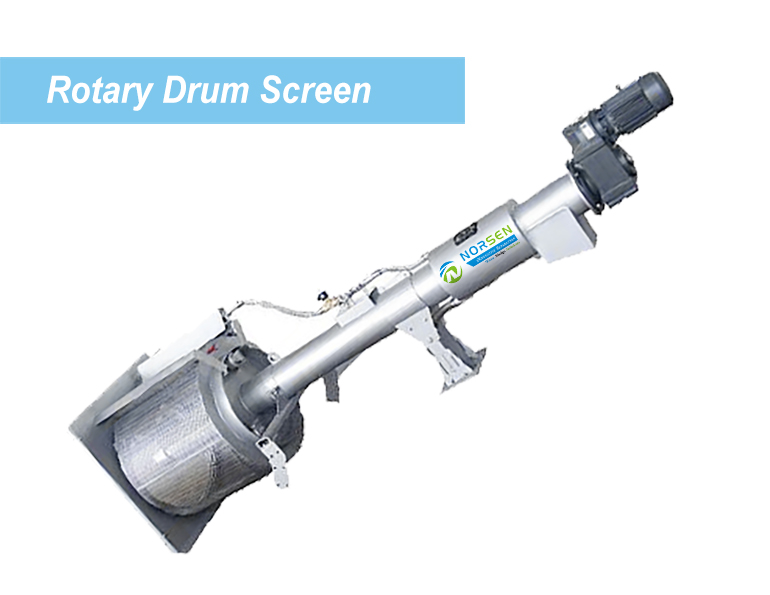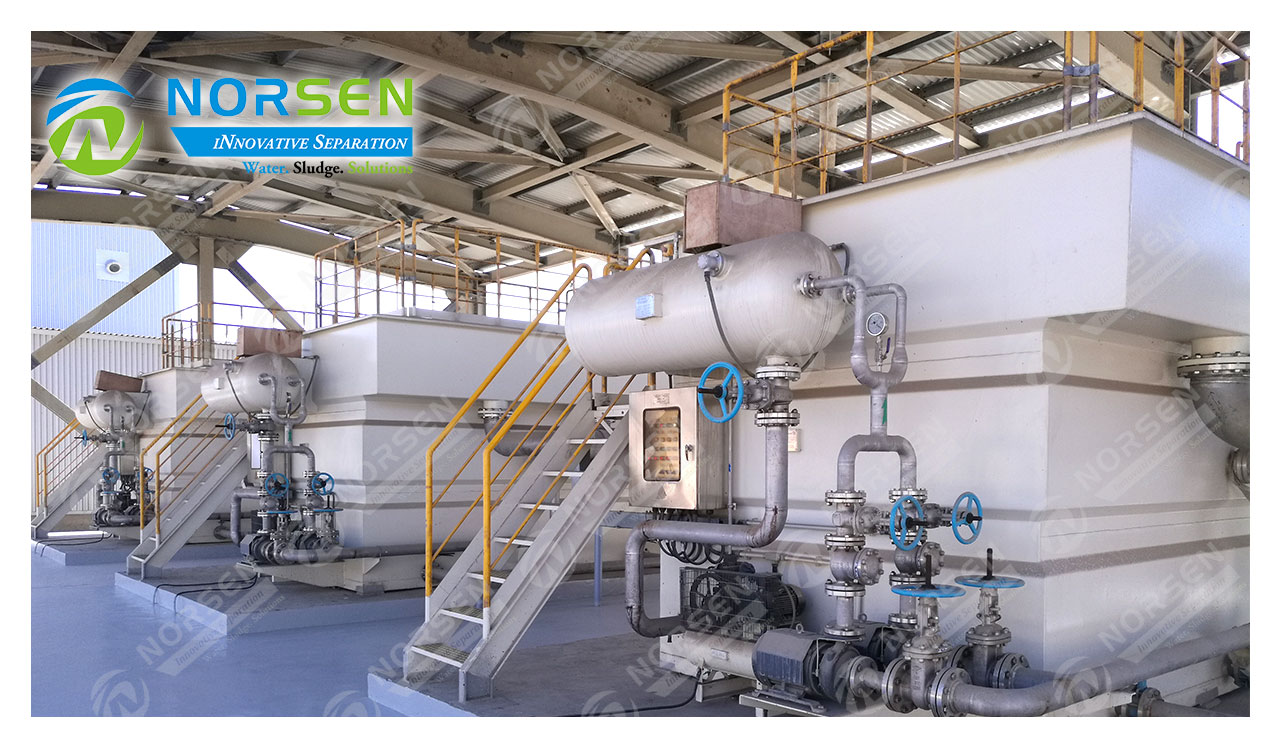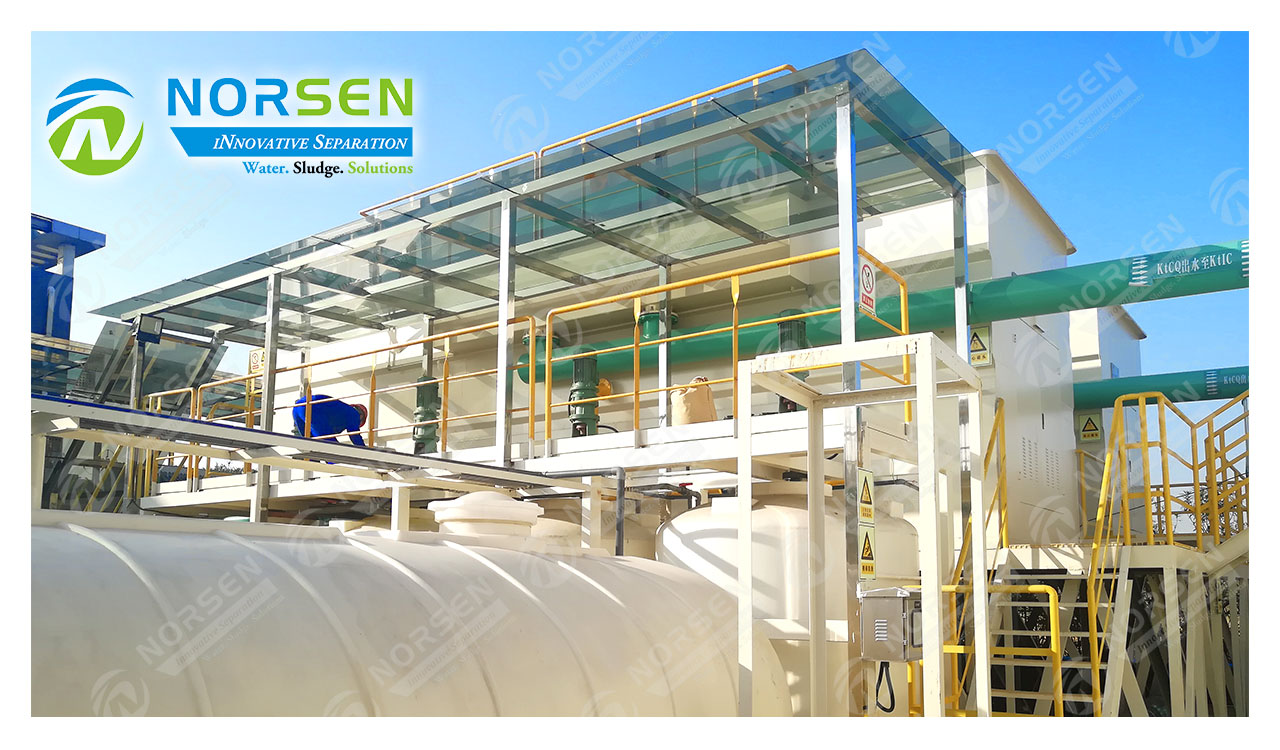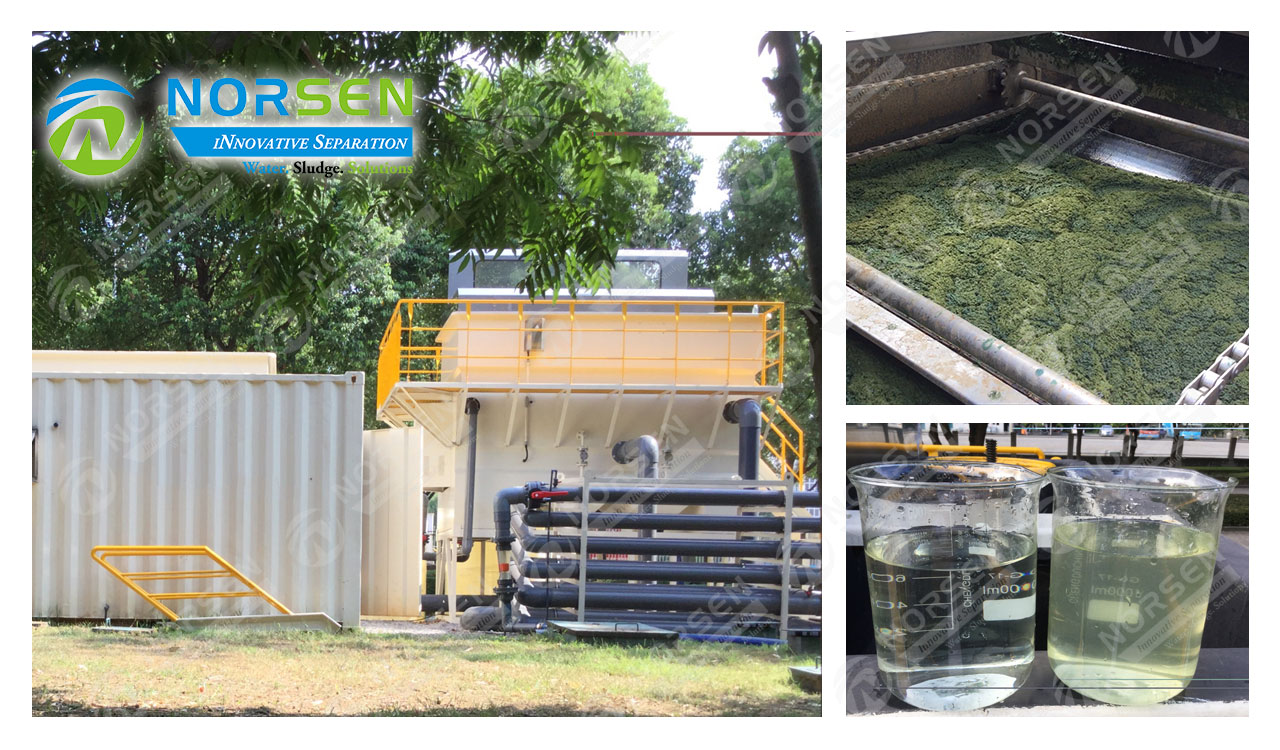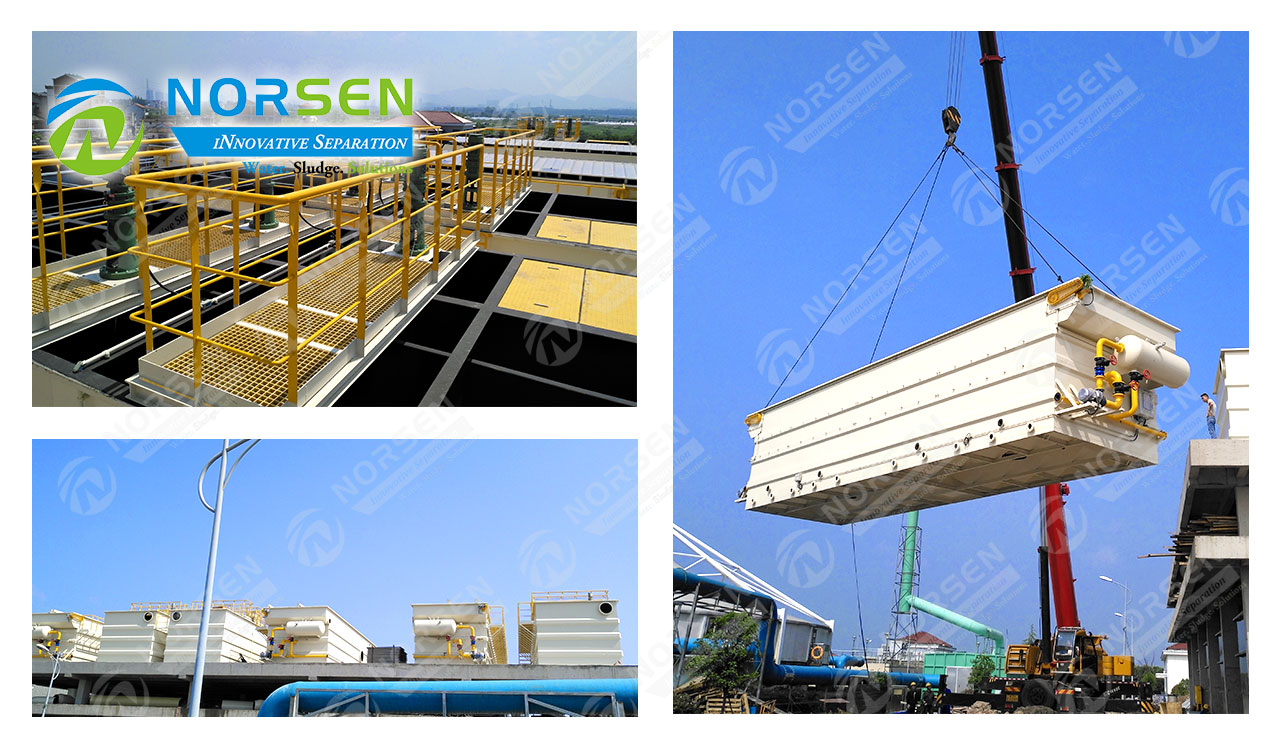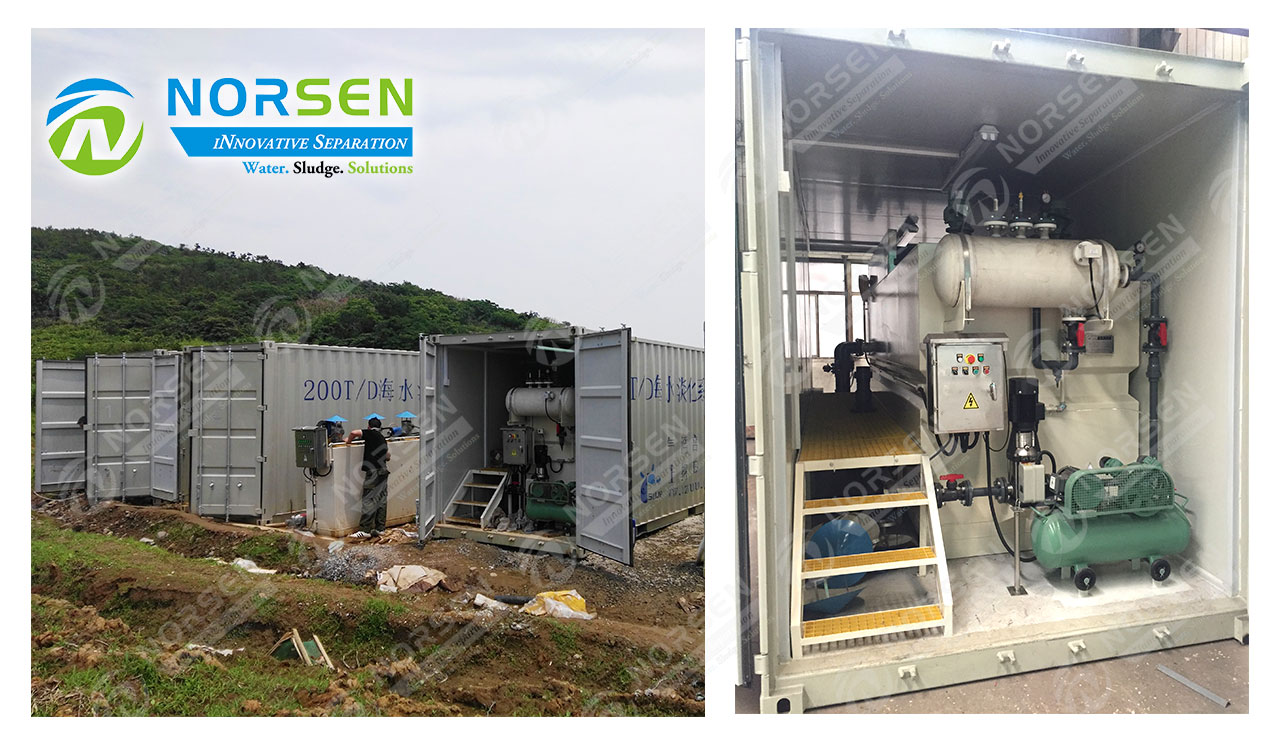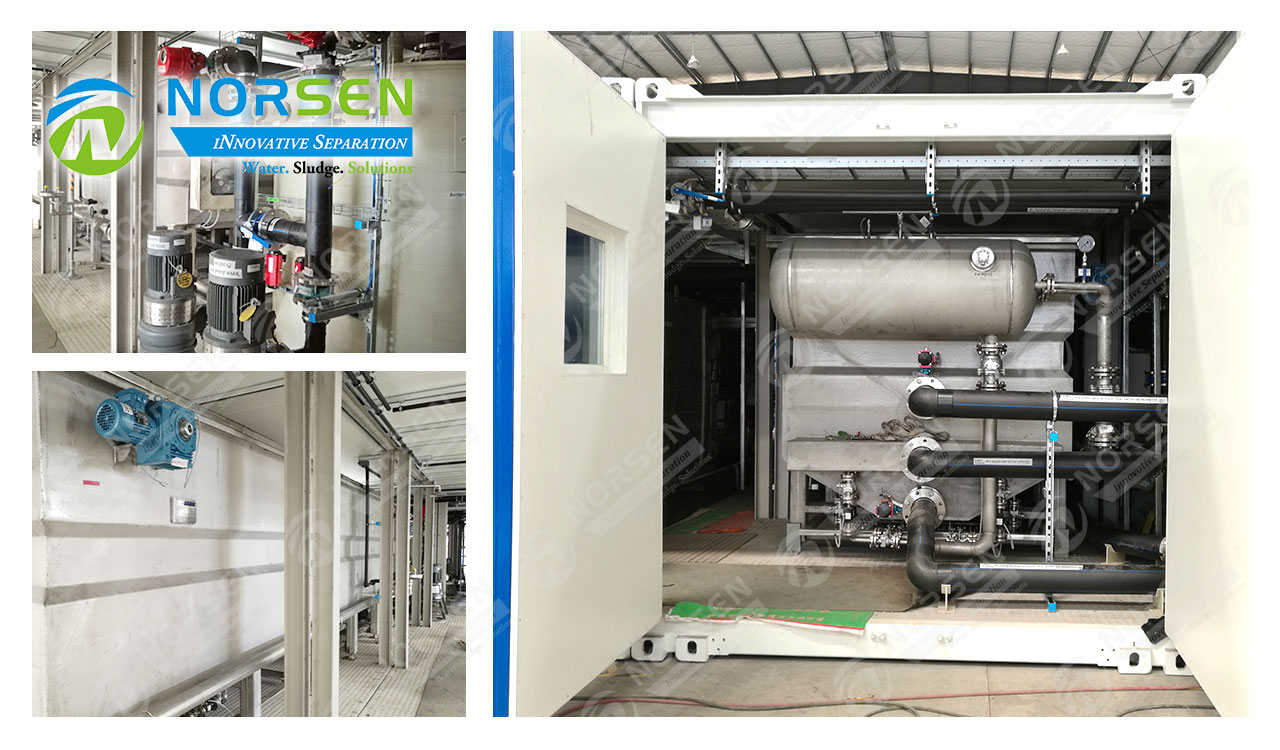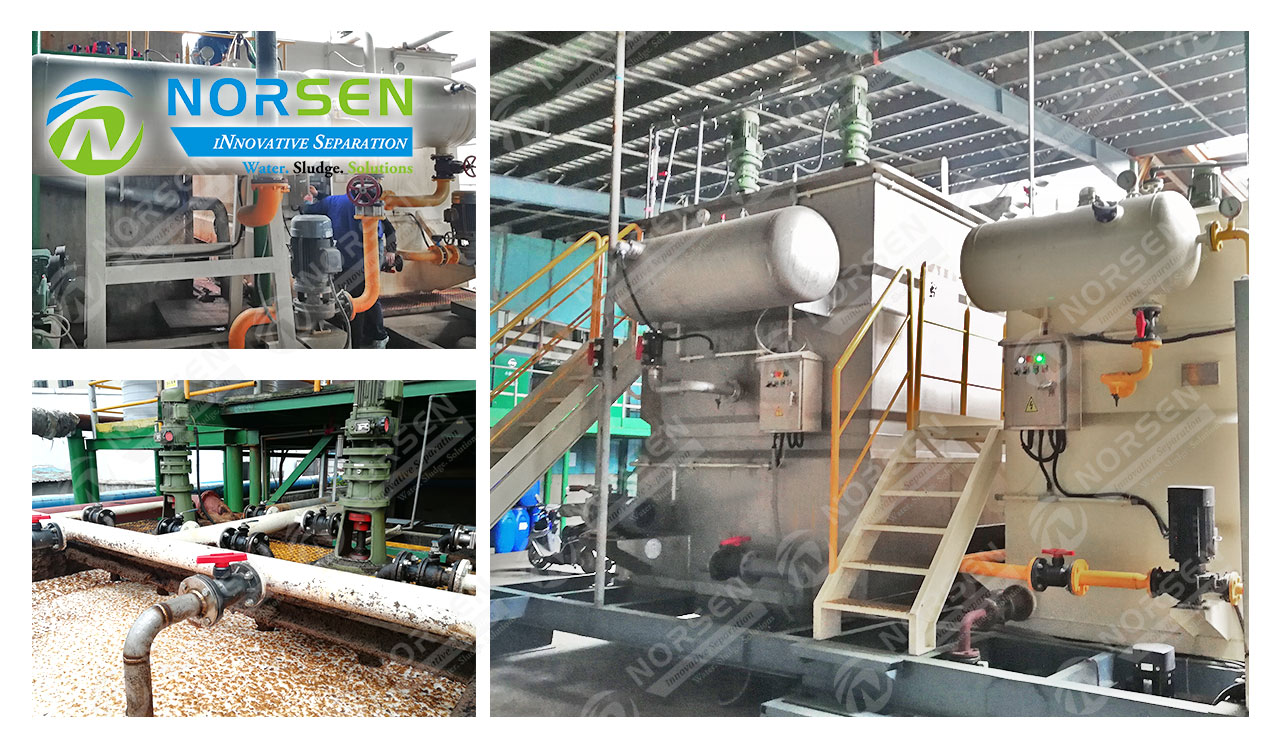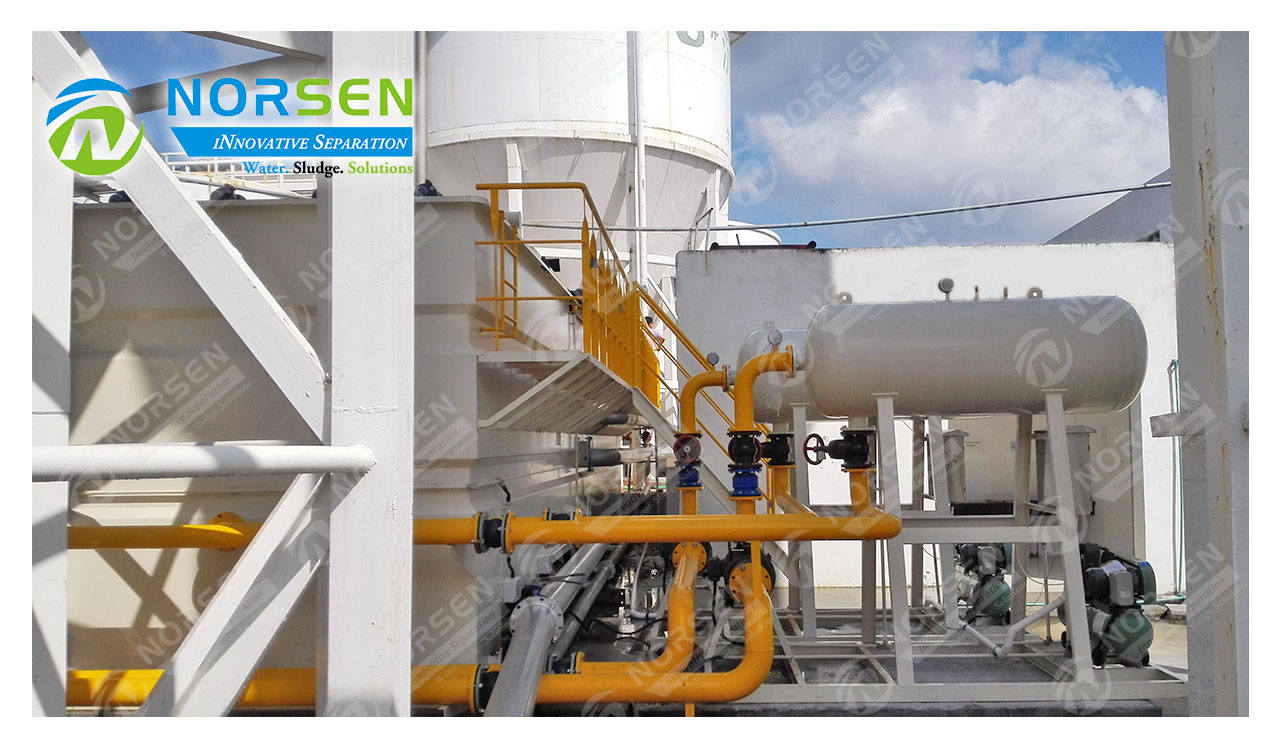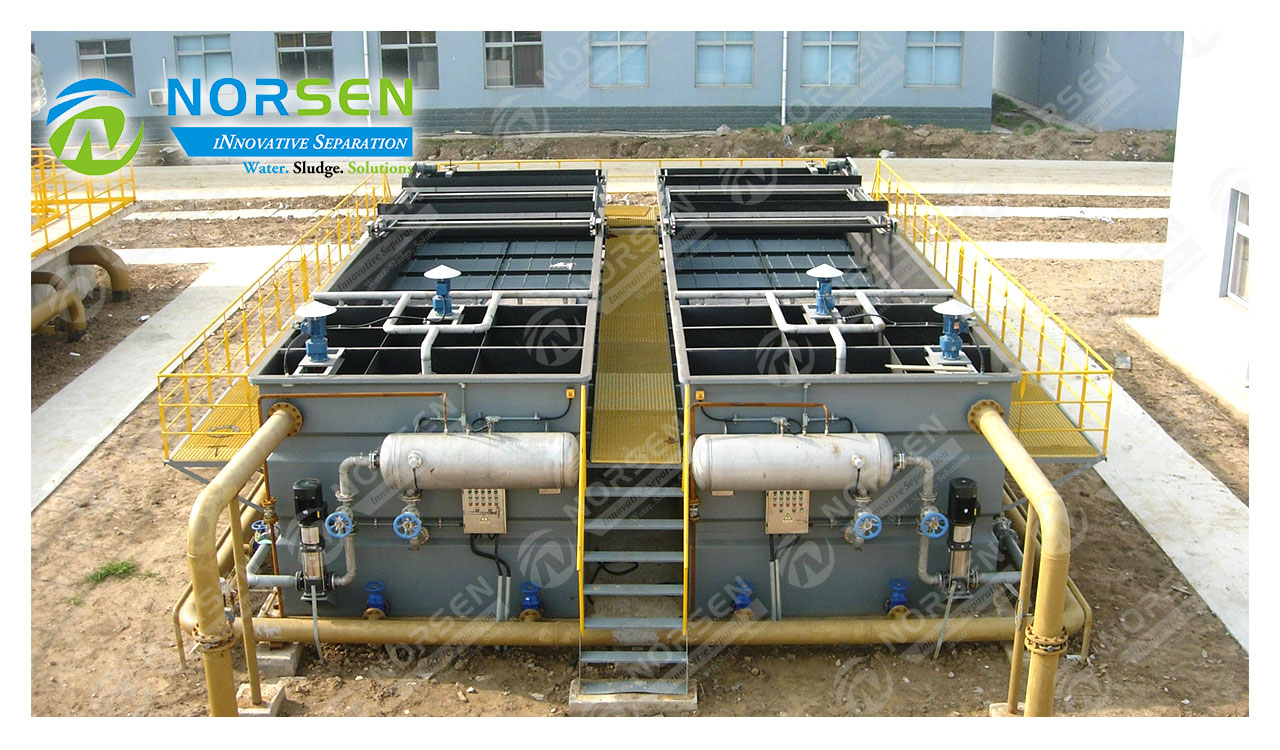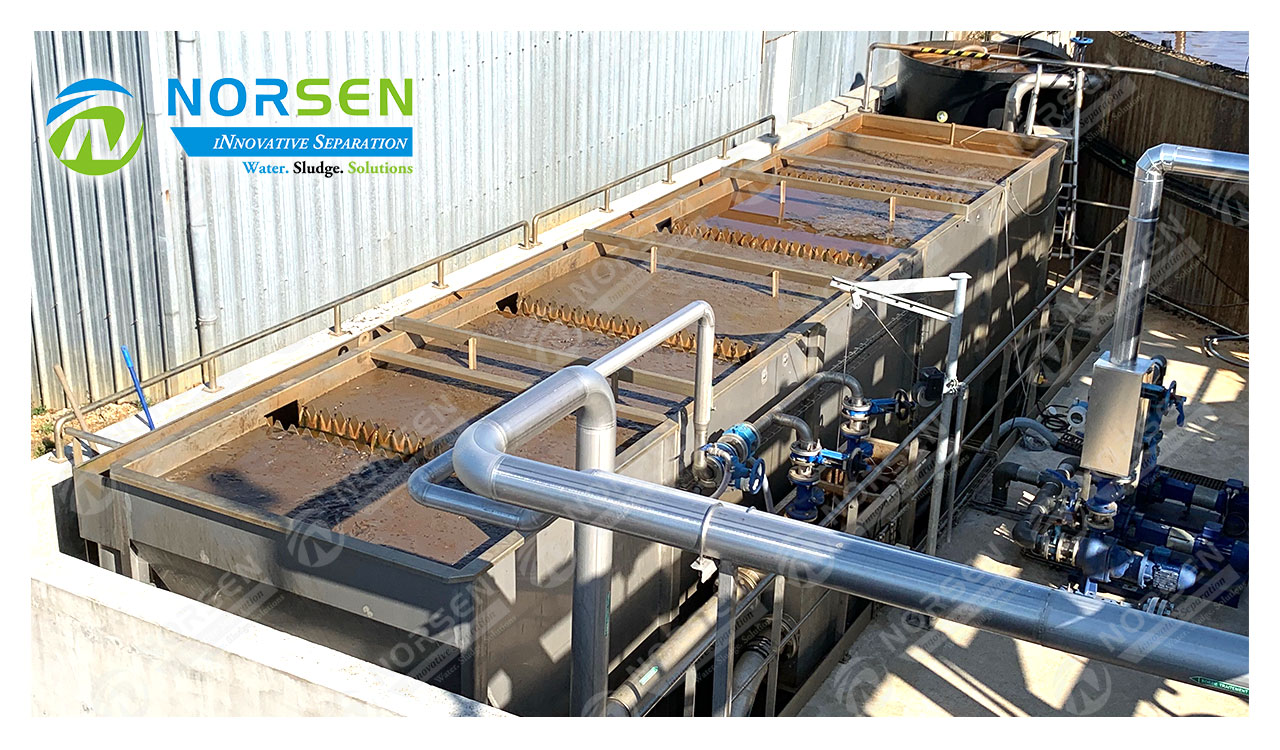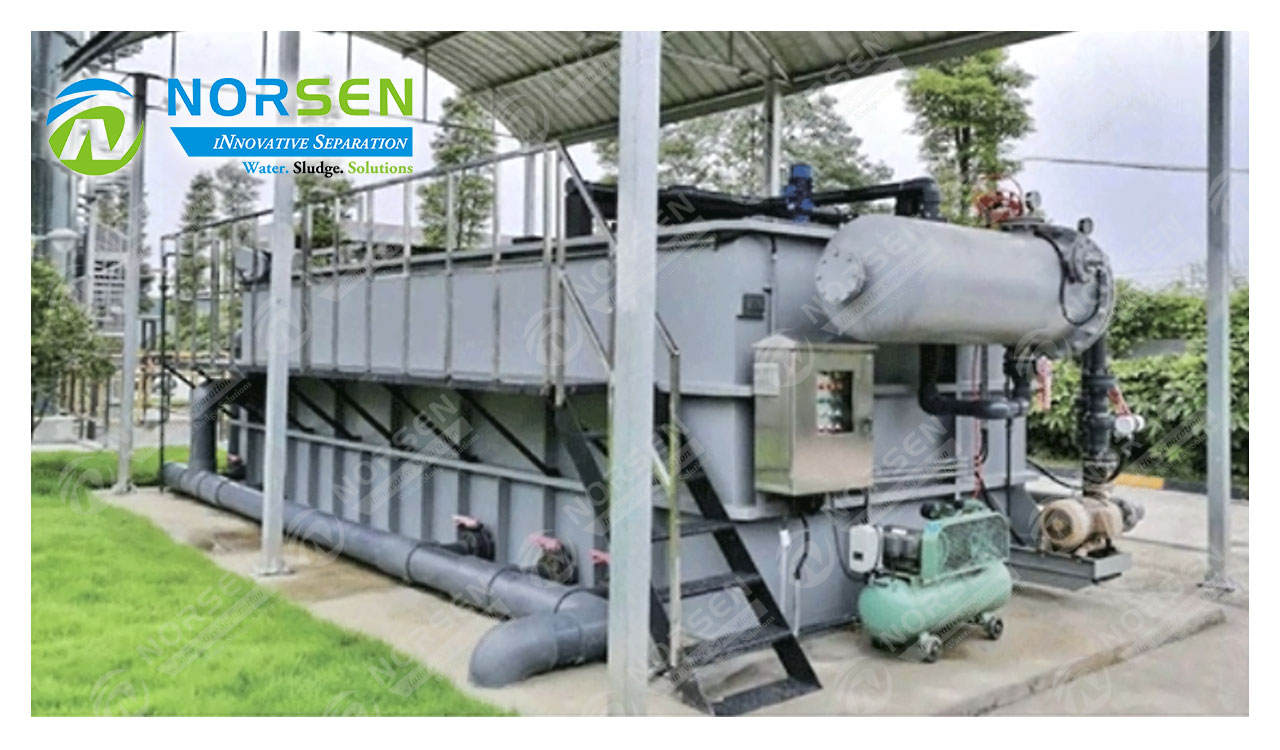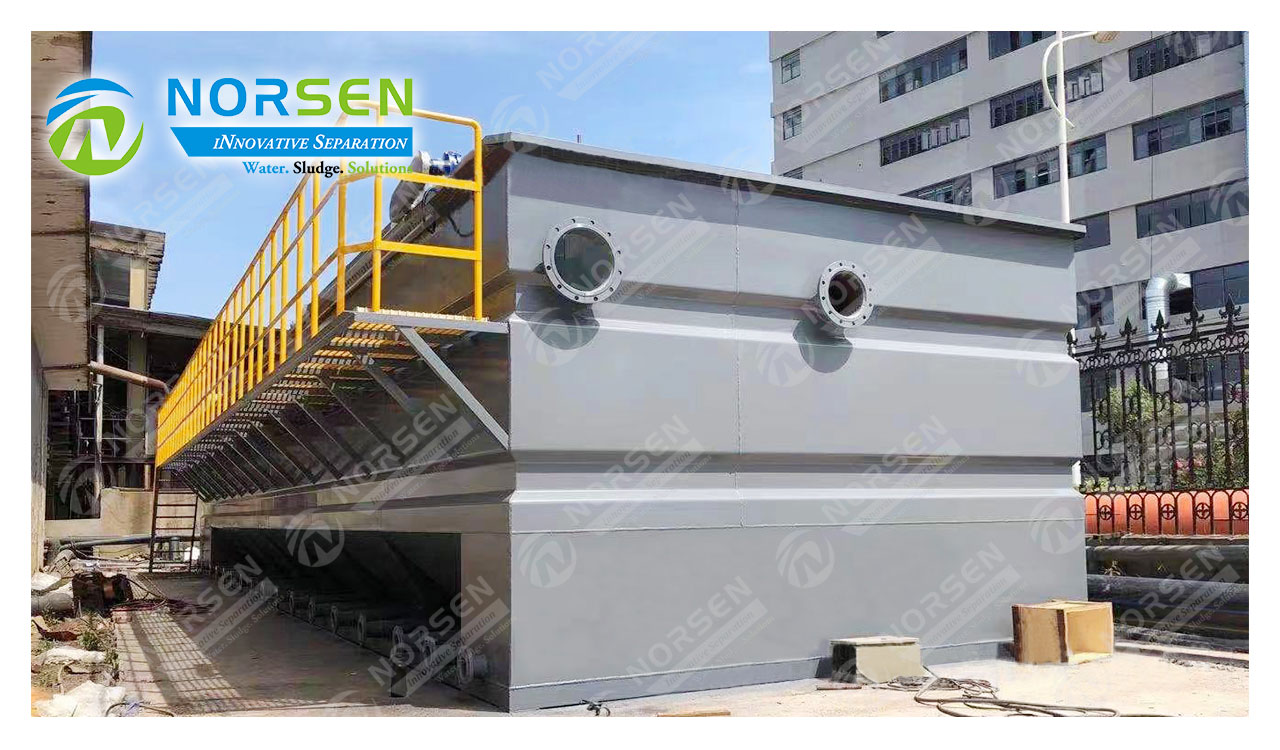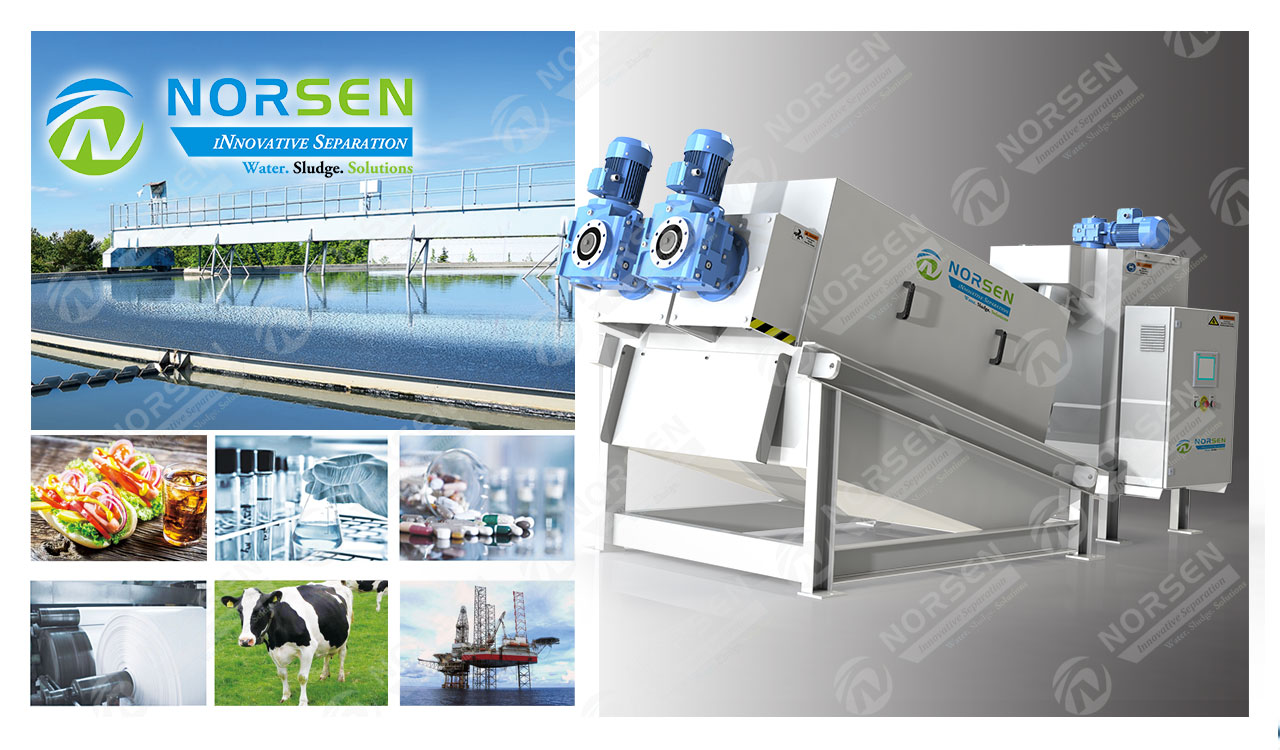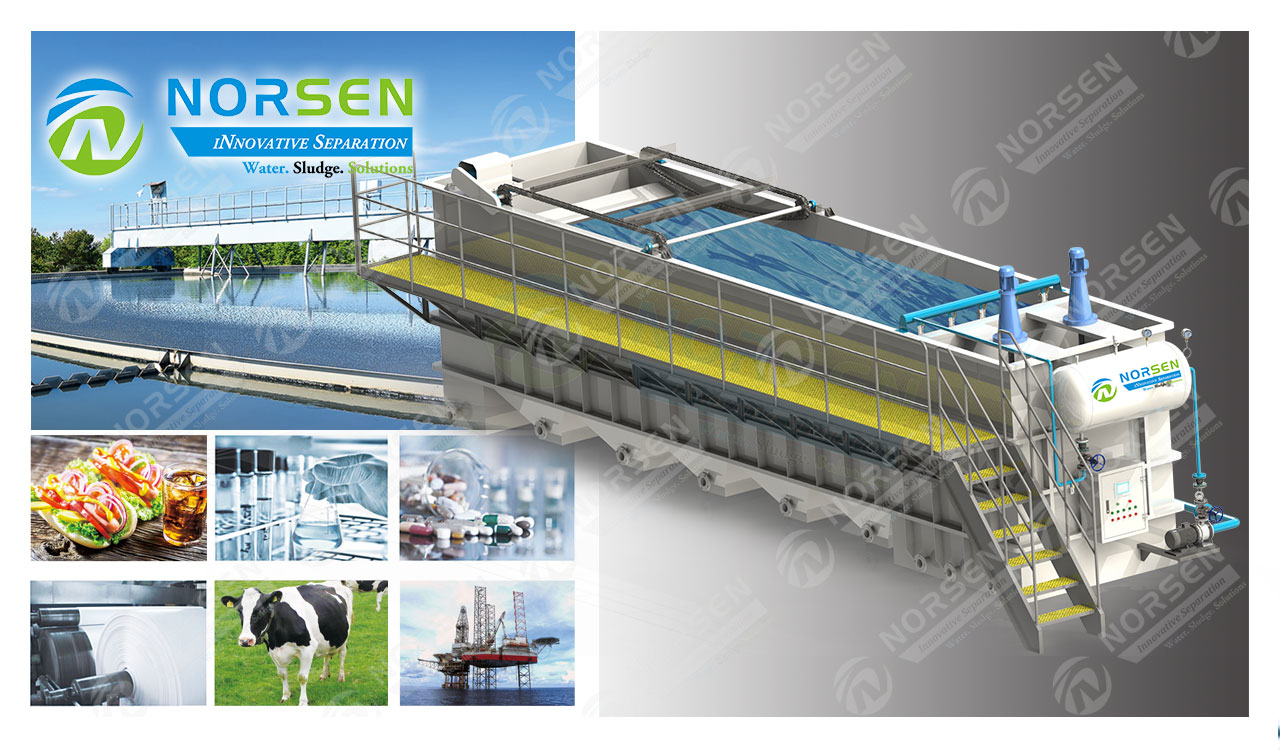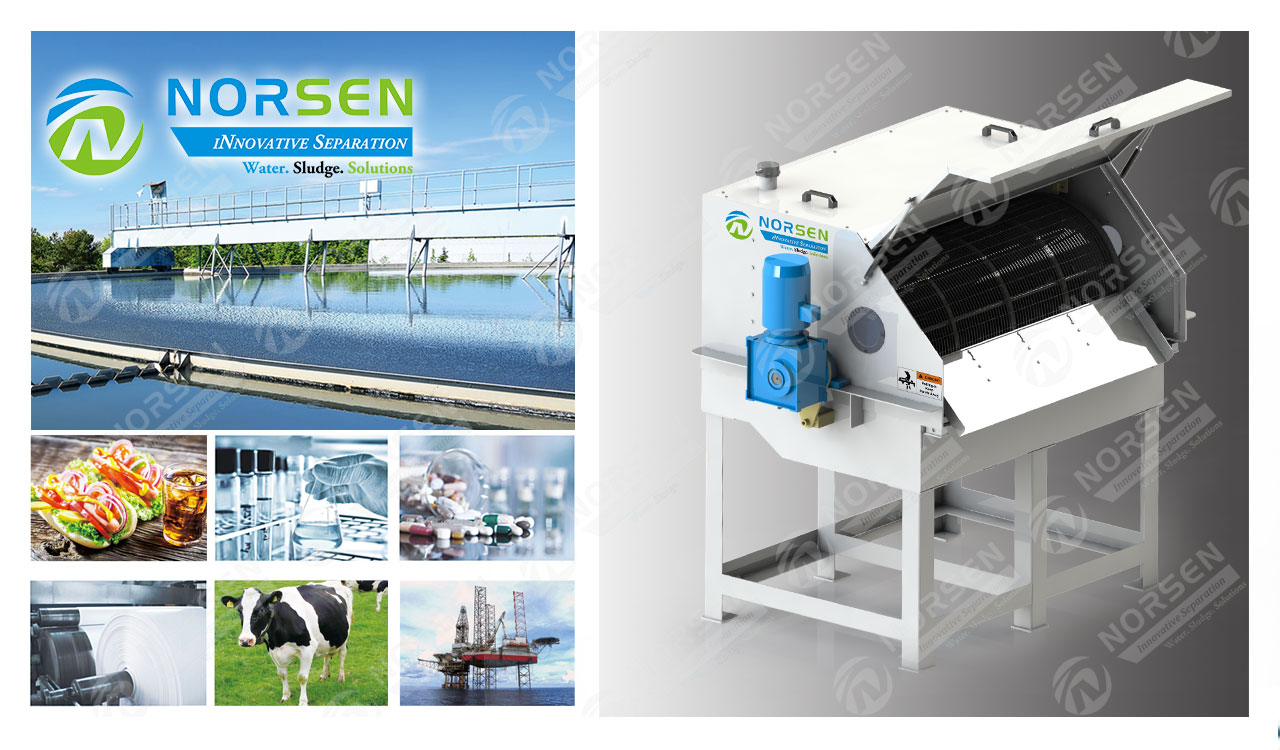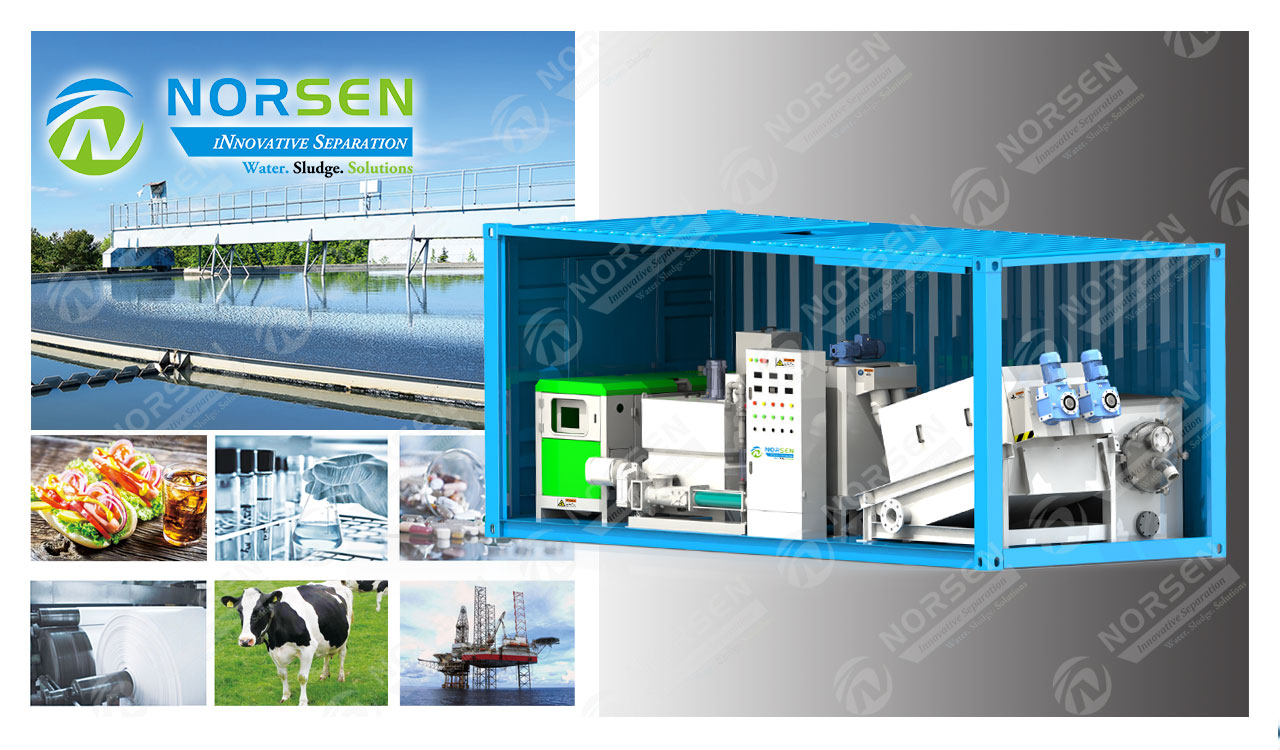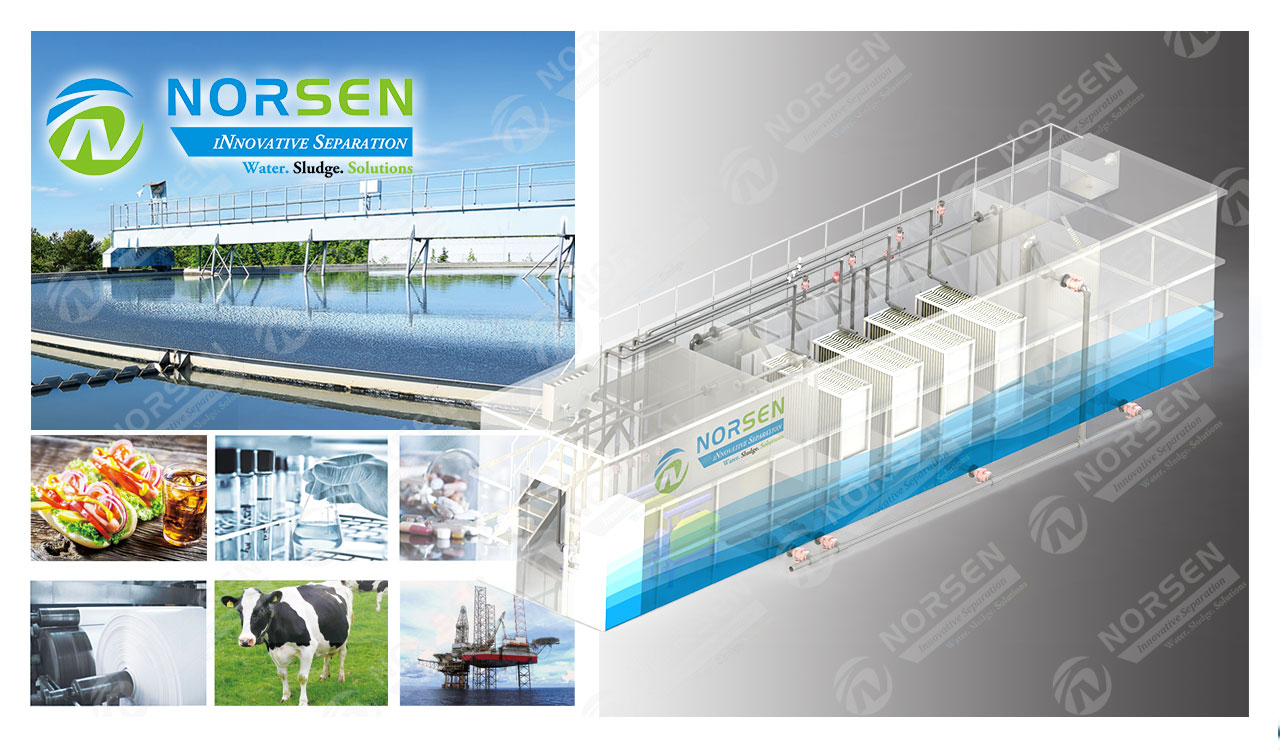
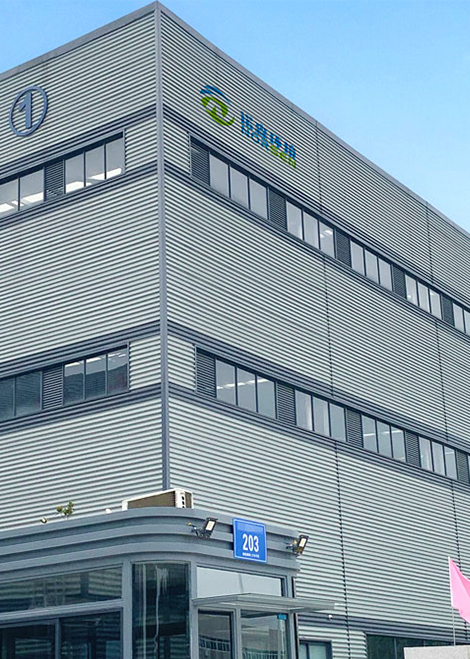
COMPANY PROFILE
We provide innovative Product Solutions for sustainable progress.NORSEN, is a worldwide leading company in wastewater & solid-liquid separation of industrial & municipal wastewater. Our featured products are Wastewater.
- Innovative Separation Technology.
- Serve best solutions for clients worldwide!
- Better World! Clean Environment!
- Quality & Satisfied Prodution.



Our recent projects
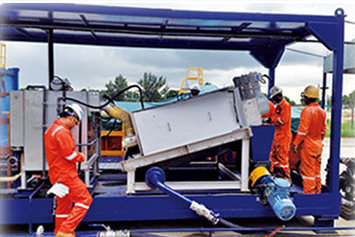
We are servicing a
global clients in
more than 50
countries
Innovative Separation Technology
Keeps on innovative separation equipment research & production.
Serve best solutions for clients worldwide!
We believe each case has a better solution!
Better World! Clean Environment!
Our mission is to make the environment clean and have better world for next generation!
Quality & Satisfied Prodution
Excellence and quality is our pursuit Target!
Request a Quote
0
Years sewage&sludge experience0
Export countries0
Annual Sales Qty0
Patents of Separation tech


 Multi-Disc Screw Press
Multi-Disc Screw Press

 Dissolved Air Flotation
Dissolved Air Flotation

 Rotary Drum Screen
Rotary Drum Screen

 Mobile Sludge Dewatering System
Mobile Sludge Dewatering System

 Plate Filter Press
Plate Filter Press

 MBBR(Bio Media)
MBBR(Bio Media)
